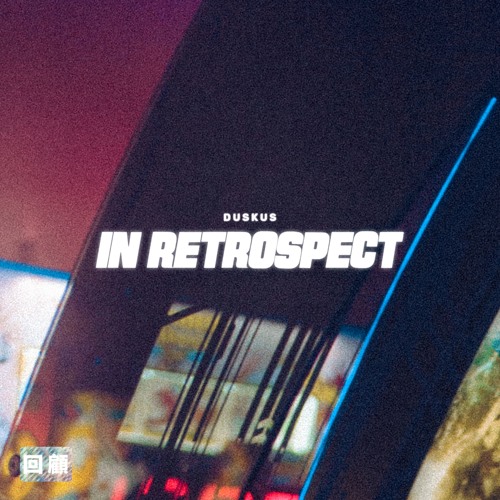

What? So what? Now what? – For teams that need practice with analytical thinking.Start, Stop, Continue – Encourage your team to think in action-oriented terms.Remember those formats we promised you earlier? Here are a few favorites. While it’s best to err on the side of letting it be open-ended, giving it “just enough” structure helps keep you from going off on tangents or digging too far into the minutia. The discussion is the juiciest part of any retrospective. Step 4: Discuss candidly, but respectfully This helps prevent problems from festering and gives the team a chance to feel some positive momentum when they see an area improving over time. For example, if bottlenecks are a persistent pain point, check in on how well the team managed dependencies. Just hearing what they consider to be “significant” can be enlightening.Įstablish a few themes or categories of events that get called out so there is some level of continuity from session to session. Instead of you reading off a list you put together before the meeting, ask team members to call out what they remember from the past weeks. If you have time, do this part collaboratively. Refresh everyone’s memory at the beginning of the session as to what work was planned, what was completed, and any surprises along the way or other significant events. Most teams hold retrospectives bi-weekly or monthly, with a bonus retro after the completion of a major project or launch. In Teamwork Step 3: Review the recent past While retros aren’t “ team building activities” per se, puzzling out solutions to issues you’re facing together and celebrating your victories does help team members bond. That’s why the best teams make sure they walk away with a list of tasks, each with an owner and due date.Īnd let’s not forget team cohesion. The real value lies in taking action and making changes that improve the team’s performance in the long term.

It’s classic continuous improvement: duplicate your successes and learn from your failures.īut’s not enough to simply recognize what went well, or what problems were encountered. what hasn’t, then with that in mind, determine how they can improve.

Held with the help of video conferencing, the goal is for team members to reflect on what’s been working well vs. Want to learn more about remote collaboration? Check out Trello’s guide to better hybrid meetings.Ī remote retrospective is simply a remote-friendly variation of the classic agile retrospective (or “sprint retrospective” in scrum terminology). Retrospectives are a time-honored, battle-tested way to do that. The best way to prevent that kind of pain is by making an effort to uncover problem areas while they’re still easy to address. Without the casual water cooler chit-chat and lunchtime gripe sessions that happen organically in an office environment, issues affecting a team’s performance and morale might go unnoticed until they become downright dire. Moreover, running regular retrospectives is particularly important for distributed teams. That doesn’t mean remote retrospectives are impossible, however. These days, with so many people working remotely, gathering your team in the same room isn’t realistic. Early agile teams were overwhelmingly co-located in offices, mostly because video conferencing, chat, and other technology that makes remote work possible were laughably primitive and clunky at that time. Let’s face it: agile methodologies weren’t exactly created with distributed teams in mind.


 0 kommentar(er)
0 kommentar(er)
